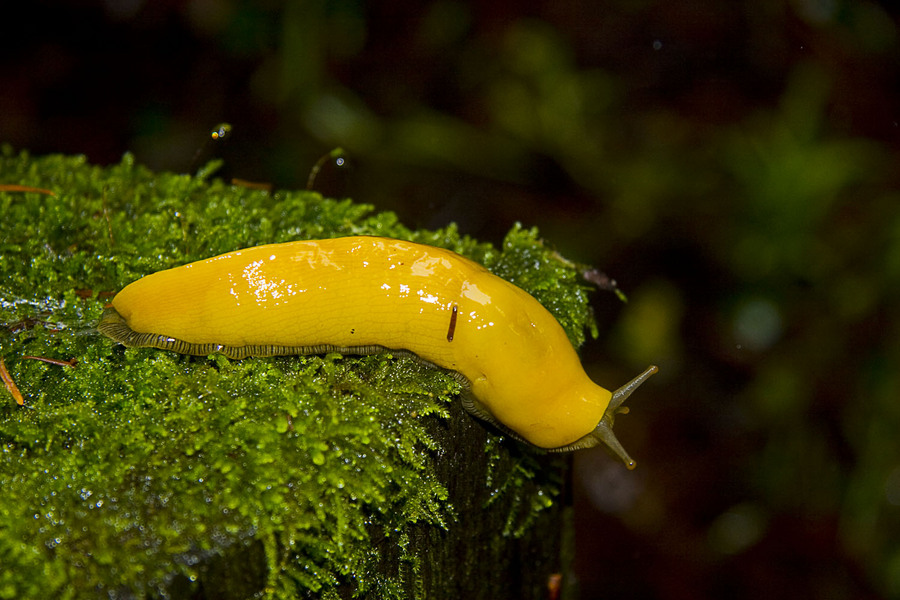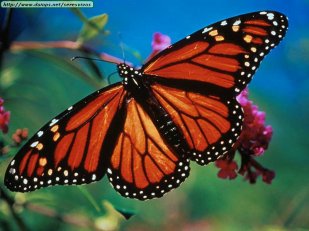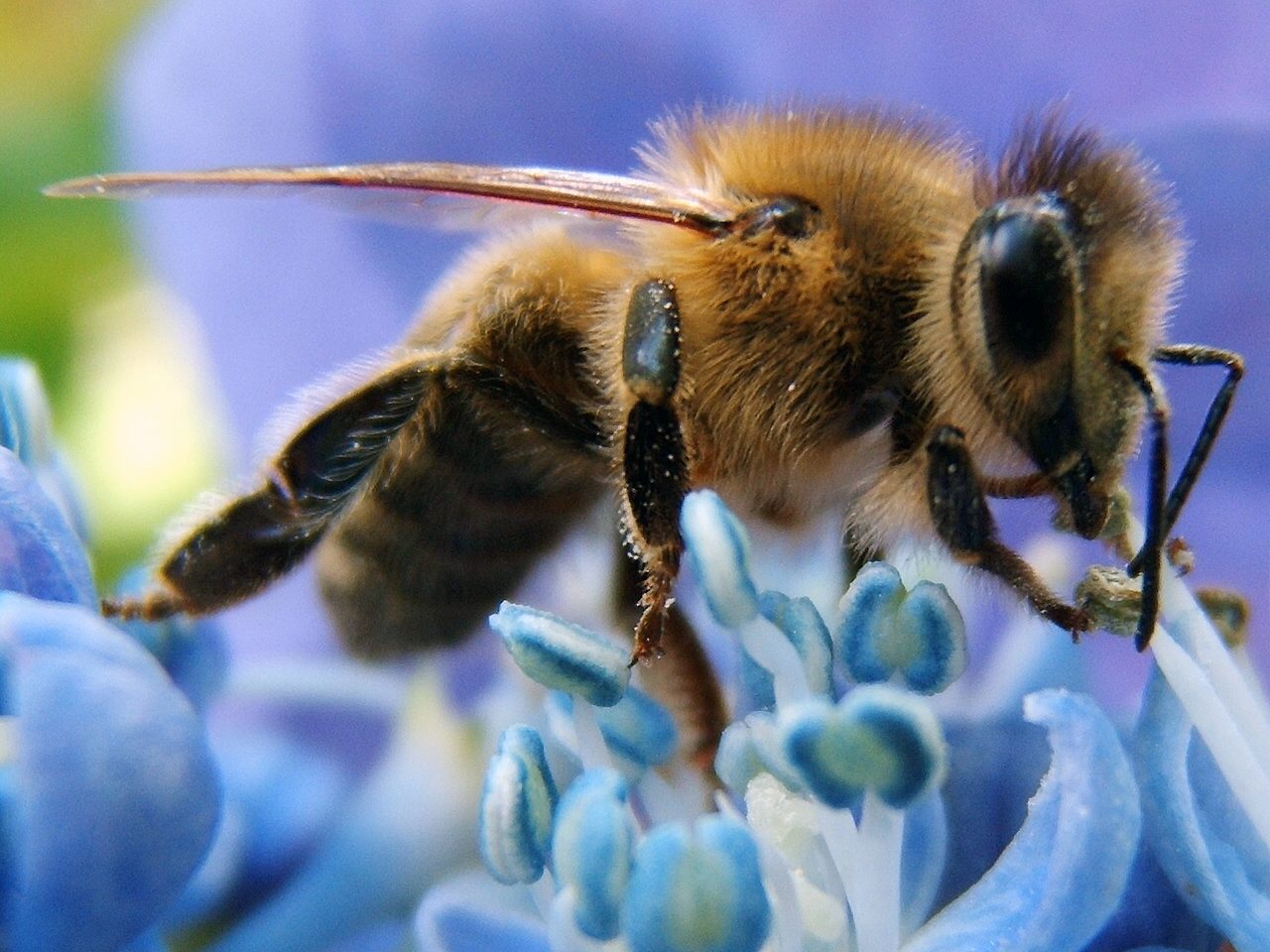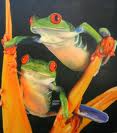



Lessons by Literacy Strategy
Anticipation guide
Oceanography:
Fresh Water Uses using Anticipation Guide (Earth Sci)
Bacteria: Good or Bad using Anticipation Guide (Life Sciences)
Order of Operations using Anticipation Guide (Algebra I)
Organisms - what keeps them alive - with anticipation guide (Life Science)
The Earth's Surface using an anticipation guide (Earth Science)
Metric system using an anticipation guide (Math 6)
Negative numbers with anticipation guide (Math 7)
Slope using an anticipation guide (Math 8)
Number Classification using an anticipation guide (Pre-algebra)
Introducing Real numbers with and anticipation guide and concept map (Algebra II)
Solving inequalities using properties of real numbers with an anticipation guide (Algebra II)
Parallel and Perpendicular lines with anticipation guide and Geometer’s Sketchpad (Geometry)
Animal Taxonomy with an anticipation guide (Biology)
Evolution introduction with anticipation guide (Biology)
Protists with an anticipation guide (Biology)
Human body – Blood with anticipation guide (Life science)
Layers of the Earth with word wall and anticipation guide (Earth Science)
Convection currents in the Earth using anticipation guides (Earth Science)
Wind with anticipation guide (Earth Science)
Acids and Bases with anticipation guide (Physical Science)
States of Matter Lab with anticipation guide (Physical Science)
Mixtures with an anticipation guide (Physical Science)
Compounds with an anticipation guide (Physical Science)
Elements with an anticipation guide (Physical Science)
Coordinate Planes with anticipation guide(7th Math)
Introduction to integers using an anticipation guide (7th Math)
Bacteria: Good or Bad using Anticipation Guide (Life Sciences)
Order of Operations using Anticipation Guide (Algebra I)
Organisms - what keeps them alive - with anticipation guide (Life Science)
The Earth's Surface using an anticipation guide (Earth Science)
Metric system using an anticipation guide (Math 6)
Negative numbers with anticipation guide (Math 7)
Slope using an anticipation guide (Math 8)
Number Classification using an anticipation guide (Pre-algebra)
Introducing Real numbers with and anticipation guide and concept map (Algebra II)
Solving inequalities using properties of real numbers with an anticipation guide (Algebra II)
Parallel and Perpendicular lines with anticipation guide and Geometer’s Sketchpad (Geometry)
Animal Taxonomy with an anticipation guide (Biology)
Evolution introduction with anticipation guide (Biology)
Protists with an anticipation guide (Biology)
Human body – Blood with anticipation guide (Life science)
Layers of the Earth with word wall and anticipation guide (Earth Science)
Convection currents in the Earth using anticipation guides (Earth Science)
Wind with anticipation guide (Earth Science)
Acids and Bases with anticipation guide (Physical Science)
States of Matter Lab with anticipation guide (Physical Science)
Mixtures with an anticipation guide (Physical Science)
Compounds with an anticipation guide (Physical Science)
Elements with an anticipation guide (Physical Science)
Coordinate Planes with anticipation guide(7th Math)
Introduction to integers using an anticipation guide (7th Math)
Claims and Evidence
Mineral
Crystal Formation with Claims and Evidence (Earth Sci)
Plants Versus Animal Cells with Claims and Evidence (Life Science)
Teaching Claims and Evidence (Earth Science)
Snow leopards with claims and evidence (Earth Science)
Concept mapPlants Versus Animal Cells with Claims and Evidence (Life Science)
Teaching Claims and Evidence (Earth Science)
Snow leopards with claims and evidence (Earth Science)
Cell Cycle and
Meiosis Phase with concept map (Biology)
Introducing Real numbers with and anticipation guide and concept map (Algebra II)
Linear systems with a concept map (Algebra II)
Organism structures with a concept map (Life Science)
Circle and Polygon similarities with Concept Map (Pre-algebra)
 Rock
cycle with
concept maps (Earth science)
Rock
cycle with
concept maps (Earth science)
Circle and Polygon similarities with Concept Map (Pre-algebra)
Creative writingIntroducing Real numbers with and anticipation guide and concept map (Algebra II)
Linear systems with a concept map (Algebra II)
Organism structures with a concept map (Life Science)
Circle and Polygon similarities with Concept Map (Pre-algebra)
 Rock
cycle with
concept maps (Earth science)
Rock
cycle with
concept maps (Earth science)Circle and Polygon similarities with Concept Map (Pre-algebra)
Math letters (Pre-algebra)
Math Story (Pre-algebra)
Variables using “Madlibs” (Pre-algebra)
Number Classification using a “Newspaper collage” (Pre-algebra)
Invertebrates – Writing a children’s book (Biology)
Plate Tectonics – Letter to the Editor (Earth Science)
Energy Transformations – using a creative write (Physical Science)
Frayer diagramsMath Story (Pre-algebra)
Variables using “Madlibs” (Pre-algebra)
Number Classification using a “Newspaper collage” (Pre-algebra)
Invertebrates – Writing a children’s book (Biology)
Plate Tectonics – Letter to the Editor (Earth Science)
Energy Transformations – using a creative write (Physical Science)
3-D
Atom Model using 3,2,1 and Frayer diagram (Chemistry)
Mean, Mode and Median using a knowledge rating chart and Frayer diagrams (Math 6)
Even and Odd with pair/share and Frayer (Math 7)
Perimeter and Area “Packaging unit” with Frayer diagram (Math 8)
Surface area of a prism including Frayer diagram (Math 8)
Representing quantities with Frayer diagram and Pairs Check (Math 8)
Transition word in math with Frayer diagram and Pairs Check (Math 8)
Absolute value and opposites using Frayer diagram (Pre-algebra)
Simplifying nth Roots using learning logs and Frayer diagrams (Algebra II)
 Landforms
with
Frayer Diagrams and other Graphic organizers. (Earth Science)
Landforms
with
Frayer Diagrams and other Graphic organizers. (Earth Science)
Transformations of parent functions with Frayer diagram (Algebra II)
Grouping Elements – using science notebooks and Frayer diagram (Physical Science)
GISTMean, Mode and Median using a knowledge rating chart and Frayer diagrams (Math 6)
Even and Odd with pair/share and Frayer (Math 7)
Perimeter and Area “Packaging unit” with Frayer diagram (Math 8)
Surface area of a prism including Frayer diagram (Math 8)
Representing quantities with Frayer diagram and Pairs Check (Math 8)
Transition word in math with Frayer diagram and Pairs Check (Math 8)
Absolute value and opposites using Frayer diagram (Pre-algebra)
Simplifying nth Roots using learning logs and Frayer diagrams (Algebra II)
 Landforms
with
Frayer Diagrams and other Graphic organizers. (Earth Science)
Landforms
with
Frayer Diagrams and other Graphic organizers. (Earth Science)Transformations of parent functions with Frayer diagram (Algebra II)
Grouping Elements – using science notebooks and Frayer diagram (Physical Science)
Forces
in Fluids (Physical Science)
Group discussionsDoes
Air Have Mass? with SGD, C/E, and Journal (Earth Sci)
What do we know about polygons with SGD (Geometry)
Identifying Magnitude of Fractions in Story Problems with SGD (Math 6)
A Trip Through the Atmosphere with Small Group Discussion (Earth Sci)
Bungee Barbie with Small Group Discussion and C&E (Math 8)
Positive Versus Negative Integers with Small Group Discussion (Math 7)
Volume Versus Surface Area with Small Group Discussion (Geometry)
DMA problem solving practice using discussion (Math 6)
Ratios and Proportions – Debate over standard vs. metric systems (Pre-algebra)
Adding and subtracting integers with class discussion (309 – fix) (Pre-algebra)
Bridge design team with group discussion (Conceptual Physics)
Bridge testing (Conceptual Physics)
Graphing Polynomial Equations (Algebra II)
Group summaryWhat do we know about polygons with SGD (Geometry)
Identifying Magnitude of Fractions in Story Problems with SGD (Math 6)
A Trip Through the Atmosphere with Small Group Discussion (Earth Sci)
Bungee Barbie with Small Group Discussion and C&E (Math 8)
Positive Versus Negative Integers with Small Group Discussion (Math 7)
Volume Versus Surface Area with Small Group Discussion (Geometry)
DMA problem solving practice using discussion (Math 6)
Ratios and Proportions – Debate over standard vs. metric systems (Pre-algebra)
Adding and subtracting integers with class discussion (309 – fix) (Pre-algebra)
Bridge design team with group discussion (Conceptual Physics)
Bridge testing (Conceptual Physics)
Graphing Polynomial Equations (Algebra II)
Exponents
with Group Summary (Math 7)
Journals,
Learning logs, and Quick-writesEstimating
Measurements with journal (Math 8)
Linear Equations with journal (Algebra I)
Math Patterns with journal and discussion (Math 6)
Converting Fractions with learning logs (Math 6)
Rounding with class discussion and quick write (Math 6)
Finding Circumference using fiction (Math 6)
Cell models with a quick write and other strategies (Life science)
Electron energy levels with journal (Physical Science)
KWCLinear Equations with journal (Algebra I)
Math Patterns with journal and discussion (Math 6)
Converting Fractions with learning logs (Math 6)
Rounding with class discussion and quick write (Math 6)
Finding Circumference using fiction (Math 6)
Cell models with a quick write and other strategies (Life science)
Electron energy levels with journal (Physical Science)
Interpreting
remainders with KWC (Math 6)
Volume of a Cylinder using KWC (Pre-algebra)
KNWSVolume of a Cylinder using KWC (Pre-algebra)
Problem
solving using KNWS (Math 8)
KWLMaking
Data Tables using KWL (Math 6)
Tornadoes with KWL (Earth Science)
Volcanoes with KWL (Earth Science)

List-Group-LabelTornadoes with KWL (Earth Science)
Volcanoes with KWL (Earth Science)

Problem
solving using List Group Label (Math 8)
Math manipulativesFactors
with a variety of lit strategies and manipulatives (Math 7)
Adding and subtracting fractions with Cuisenaire rods (Math 7)
Adding odds and evens with manipulatives and discussion (Math 7)
Note taking
strategiesAdding and subtracting fractions with Cuisenaire rods (Math 7)
Adding odds and evens with manipulatives and discussion (Math 7)

